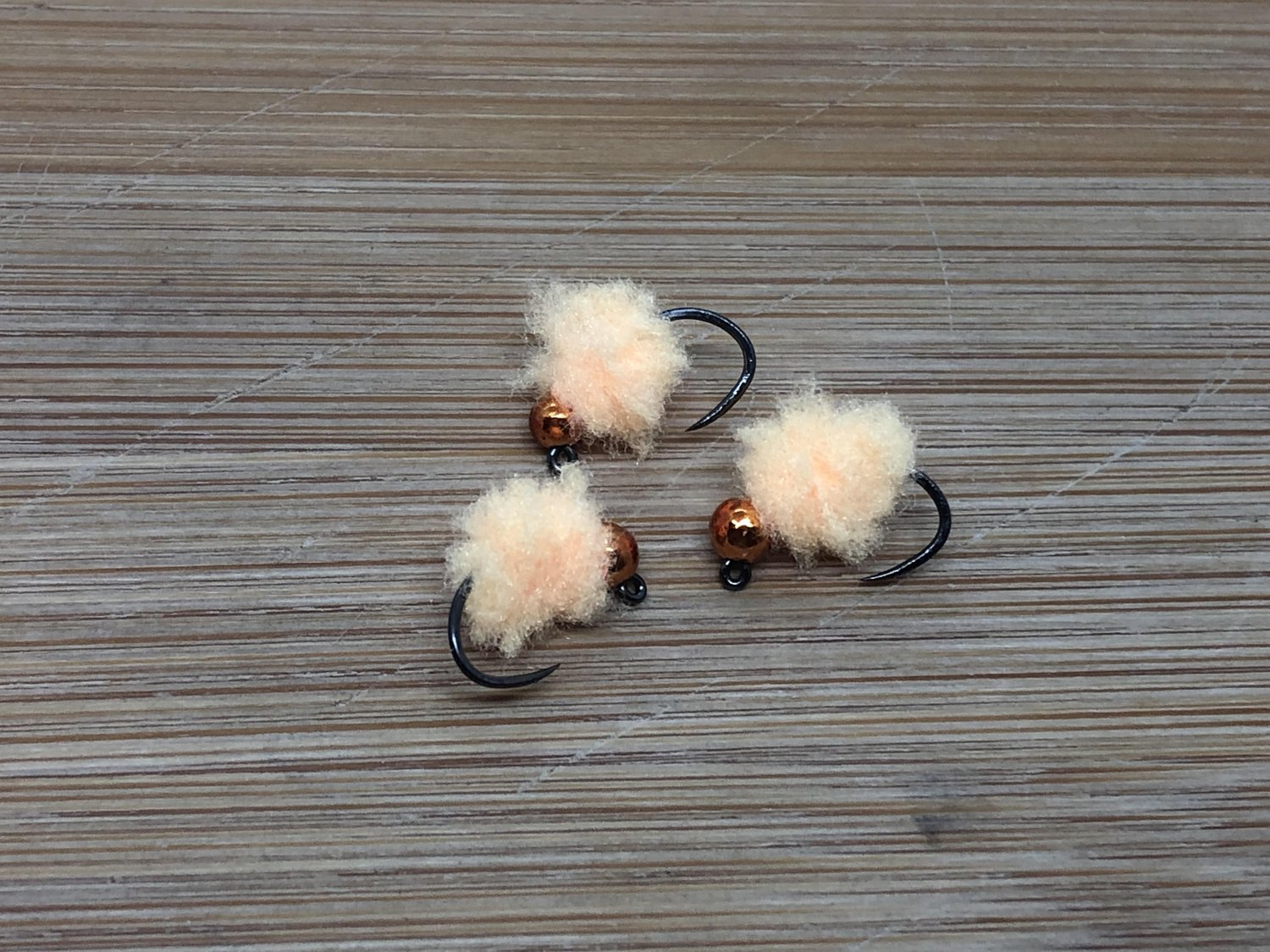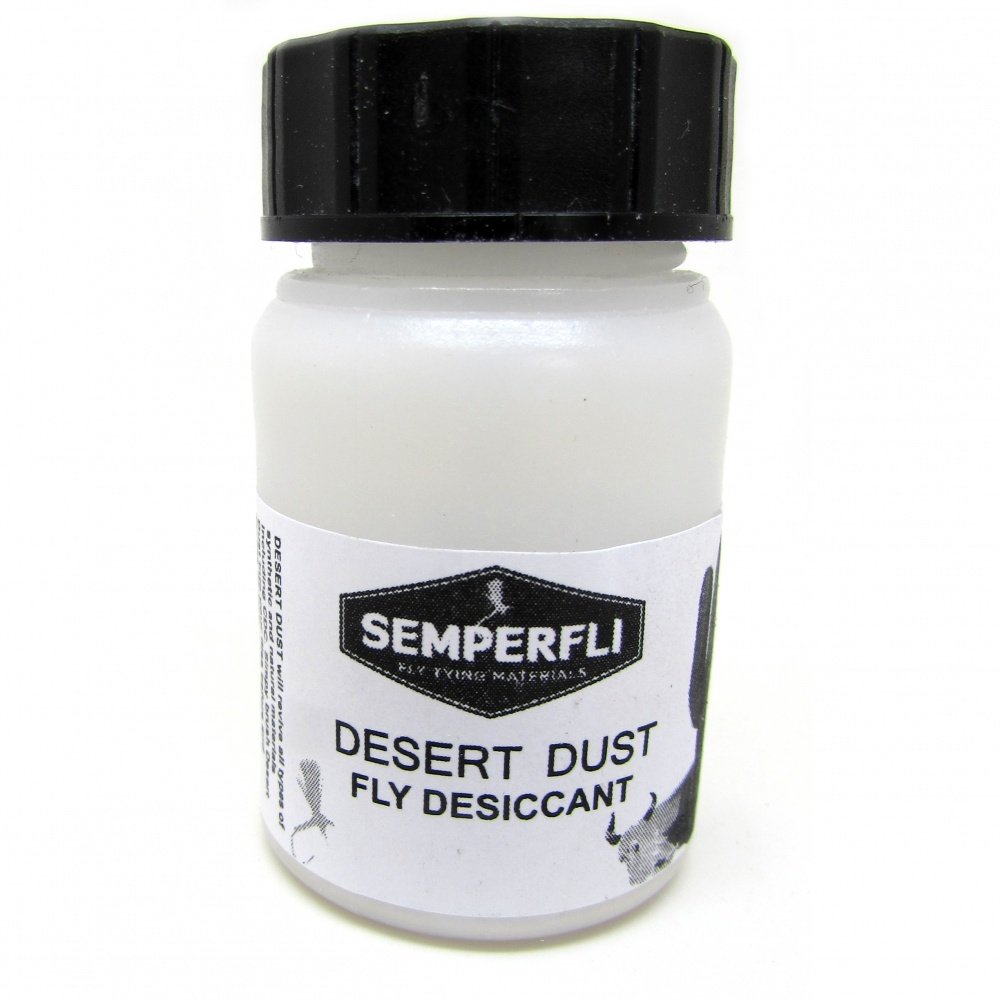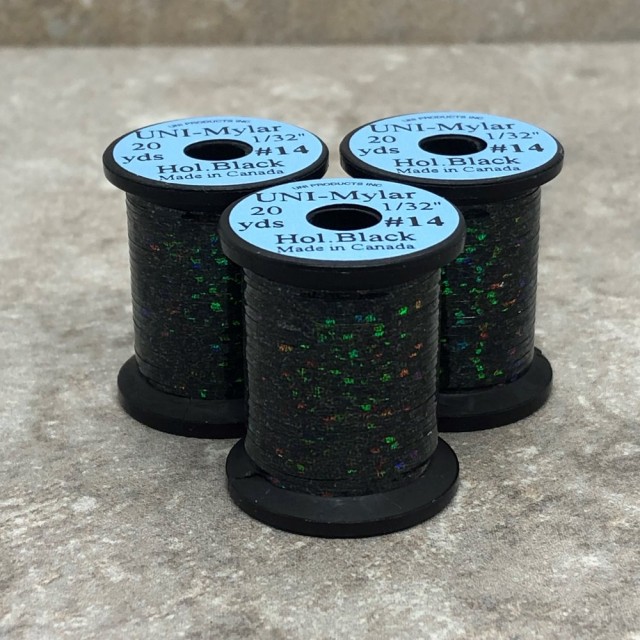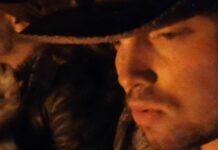Making artificial flies for use in fly fishing is called fly tying. These flies are made to look like insects, baitfish, or other aquatic creatures that fish eat.
(Isstories Editorial):- Colorado Springs, Colorado Nov 22, 2023 (Issuewire.com) – First Drift Fly Company – Making artificial flies for use in fly fishing is called fly tying. These flies are made to look like insects, baitfish, or other aquatic creatures that fish eat. Fly tiers use a variety of tools and materials to create these flies. So you’re thinking about these tools and materials, right? Here’s a rundown of some commonly used Fly Tying materials and tools.
More on Isstories:
- The Barrett Group reports Q1 client landings are up 15% against prior year
- Eric J. Hick, DO, Renowned Urologist at Urology Specialists of Ohio
- Stuart J. Alter, DPM, Bringing Affordable Podiatry Care to Mobile, Alabama
- Floor Land in Warrington offering 5% discount on their high-quality flooring
- Successful Grand Opening Celebration Marks the Arrival of Community Alliance Medical Group in Yucaipa
What Are The Required Flying Tying Tools?
1.) Vise
This is the most crucial tool of fly tying. Vises are used to hold the hooks. The hooks must be held securely so that they do not slip or damage. Clamping a hook into the vise and pushing it down is an excellent test. Before slipping into the jaws, the hook should bend.
2.) Bobbin
Fly Tying Bobbins are used to hold the fly-tying thread. These small tools hold spools of tying thread and dispense it through a tube, allowing you to precisely wrap the thread around the hook.
3.) Scissors
Sharp, fine-tipped scissors are required for cutting a variety of materials, including thread, feathers, and hair. If you get into fly tying, you’ll discover what barbers have discovered. Quality scissors are essential. Cutting threads, fur, and synthetics can lead to quickly dull scissors.
4.) Hackle Pliers
These are used to grasp the tips of hackle feathers. Unless you have hackle pliers, wrapping a hackle feather less than 3 inches long is nearly impossible. Look for models with a wire loop rather than stamped springs. With the wire loop, you can quickly spin feathers using your fingertips.
5.) Whip Finisher
This device can be used to tie off your thread in the center of the fly. There are some excellent videos available that demonstrate how to tie a whip finish with a tool or by hand. This is a more secure knot than the half hitch.
6.) Dubbing Twister
A tool for twisting dubbing materials onto the thread to create bodies and other textured parts of flies.
7.) Hair Stacker
If you’re desperate, a straight spent bullet cartridge will suffice, but a dedicated hair stacker is far superior. A good hair stacker is essential if you intend to tie flies for bass.
8.) Bodkin
Consider a long needle with a handle. To make flies appear “buggy,” Bodkin is fantastic at applying head cement and removing fur or feather fibers. Another use is to clean the glue off of hook eyes.
9.) Half Hitch Tool
The Half Hitch is the most commonly used method for tying off the thread at the head of a fly. Usually, your bodkin has a half hitch tool opposite the needle. To reach over the hook eye and tie a half hitch, use the half hitch tool, which is essentially a small diameter tube. A half-hitch knot necessitates wrapping the thread around itself.
What Are The Required Fly Tying Materials?
1.) Beads and Eyes
Fly Tying Beads and Eyes can be added to flies to add weight or to give the fly a realistic appearance.
2.) Hooks
Hooks of various shapes and sizes are used as the foundation for making flies. They come in a variety of shapes and lengths to match various insect or baitfish impersonations.
3.) Thread
Fly-tying thread is finer and more durable than sewing thread. It’s used to attach materials to the hook and create a smooth, long-lasting finish.
4.) Fur And Hair
Animal fur, such as rabbit, deer, or squirrel fur, is used to create the fly’s bodies and other textured components. Elk and moose hair is frequently used for winging material. Hair is used for Fly Tying wings, tails, beards, and streamers.
5.) Feathers
Feathers from various birds, including roosters, ducks, and pheasants, are used to make the fly’s wings, tails, collars, and other parts.
6.) Lead Wire
Lead wire is tied to the hook shank to help the fly sink.
7.) Synthetics
In recent years, the use of synthetic materials has increased exponentially. Synthetics improve flotation, add flash, and can help a fly sink.
8.) Flosses
On a fly, floss creates a shiny, smooth body. Because floss does not help a fly float, it is mostly used on nymphs and streamers. Have you ever noticed the red band that runs just behind the hook eye? This is floss.
9.) Other shiny add-ons
To add a little extra flash, Flashabou, Krystal Flash, and other plastic films are tied into Fly Tying tails and streamer bodies.
Can We Use the Fly Tying Kit?
Fly Tying tools and materials are used in a variety of combinations and techniques and are included in a Fly Tying Kit to create a diverse range of fly patterns designed to attract various types of fish in a variety of water conditions.
Finally
Fly tying allows anglers to express their creativity and craftsmanship while producing unique and effective lures. It’s both a practical aspect of fishing and a creative hobby that many anglers enjoy all over the world. Numerous other materials, including UV reflective strings, little molded legs, foam for bodies, rubbers for Fly Tying Legs, and strings for body ribbing, are also available.
If you are looking to try fly-tying fishing but can’t get the right tools for the same then consider visiting First Drift Fly Co. We are a custom fly-tying shop offering hundreds of great products from around the globe.




First Drift Fly Co
[email protected]
+1 612-619-3967
7229 New Meadow Dr, Colorado Springs, Colorado, USA
https://www.firstdriftfly.com
This article was originally published by IssueWire. Read the original article here.

































